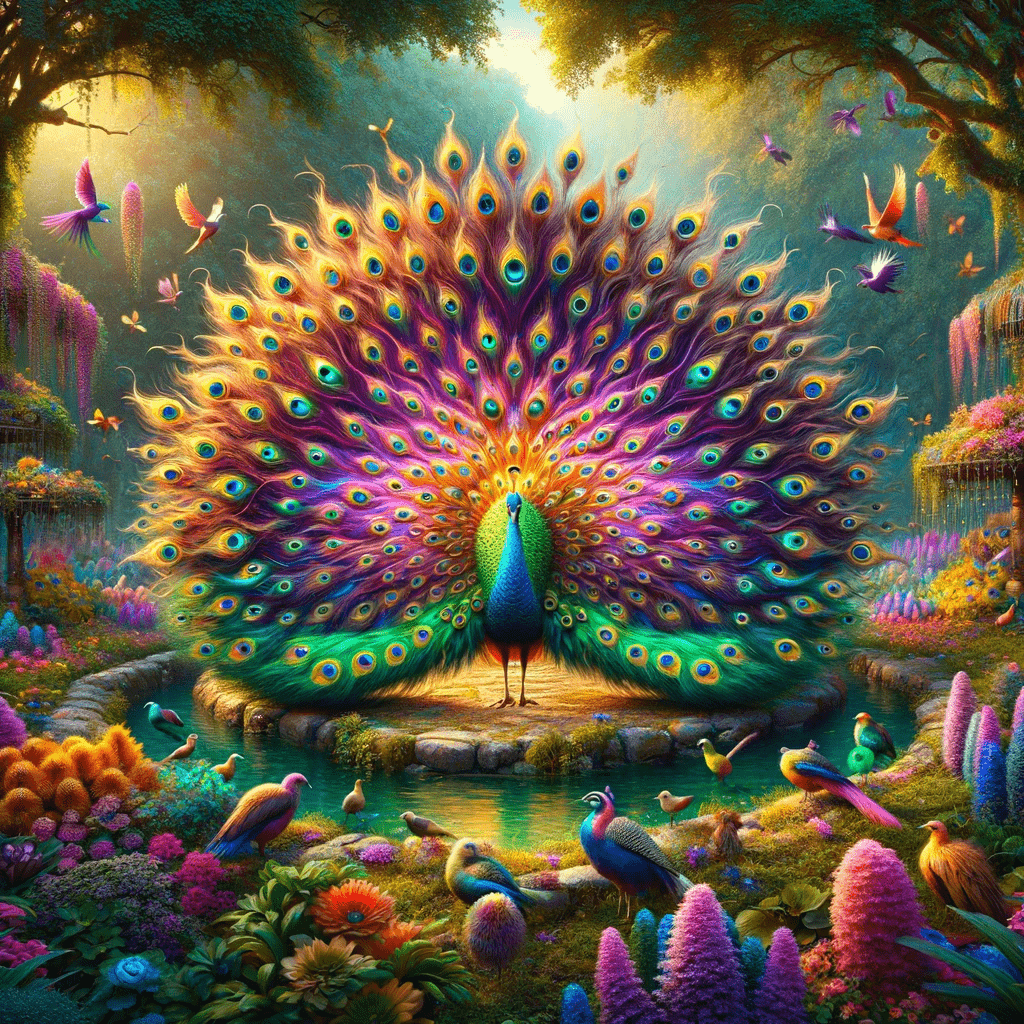
Editly Etymology: flair vs flare
The experts at Editly have mastered commonly confused words over the course of their careers as editors, proofreaders, and AI humanizers. In Editly Etymology, they reach into their knowledge to offer you a closer look into the horrifying beauty of the English language. This installment investigates a true mystery of confusion: flair vs flare.
Flair Definition
Flair is a noun that means talent or a uniquely attractive style.
Flare Definition
Flare is a noun that means a sudden, brief burst of bright light or flame.
Did you catch that? Just to make sure, let’s ask AI to help us generate a visual representation of each of the words.
Flair = talent or style.

Flare = intense burst of light.

Flair Root
Late 19th century, from French, from Latin.
Flare Root
Mid-16th century: of unknown origin.
Who is to Blame for this Confusion?
In this, our 22nd installment of Editly Etymology, we finally have a true whodunit. Since “flare” has an unknown origin, we are left with a hung jury and the case must be dismissed without a verdict.
AI Text on Flair
The word "flair" has an intriguing etymological journey that began in French before being adopted into English, where it has come to represent a sense of stylishness and talent. Here’s a detailed look at its history:
- French Origins: "Flair" originates from the French word "flair," which means scent, smell, or the sense of smell. This term itself comes from the Old French "flairer," meaning to smell, coming from the Vulgar Latin "*flagrare," which is altered from the Latin "fragrare" (to smell sweet).
- Introduction into English: The word entered the English language in the late 14th century, initially carrying the meaning related to the sense of smell, particularly in hunting contexts. Dogs, for instance, were said to hunt by "flair."
- Shift in Meaning: Over time, the meaning of "flair" in English expanded beyond the literal sense of smell. By the 19th century, it began to be used metaphorically to denote an instinctive ability to appreciate or make fine distinctions, or a natural talent for a particular kind of action or activity.
- Modern Usage: Today, "flair" is primarily used to describe a distinctive elegance, style, or artistic skill that someone naturally possesses. It often connotes an impressive and stylish ability or manner, especially in the way someone dresses or presents themselves.
- Current Connotations: "Flair" is commonly used in contexts involving fashion, creativity, and presentation. It might refer to someone's unique way of expressing themselves or their work, highlighting their creativity and visual impact.
The evolution of "flair" from a term related to the physical sense of smell to a broader metaphorical use underscores how language can develop and expand, allowing words to take on new dimensions that resonate with cultural and aesthetic values. (286 words)
Humanization of AI Text on Flair
"Flair" has an intriguing etymological journey that began in French before its adoption into English, where it has come to represent a sense of stylishness and talent.
- French Origins: "Flair" originates from the French word "flair," meaning scent, smell, or the sense of smell. It derived from the Old French "flairer" (to smell), coming from the Vulgar Latin "*flagrare," altered from the Latin "fragrare" (to smell sweet).
- Introduction into English: The word entered the English language in the late 14th century, initially carrying the meaning related to the sense of smell.
- Shift in Meaning: Over time, its meaning expanded beyond the literal sense of smell. By the 19th century, it began to be used metaphorically to denote an instinctive ability to make fine distinctions, or a natural talent.
- Modern Usage: "Flair" is primarily used to describe a natural and distinctive elegance, style, or artistic skill.
- Current Connotations: "Flair" is commonly used in contexts involving fashion, creativity, and presentation.
The evolution of "flair" from a term related to the physical sense of smell to a broader metaphorical use underscores how language can develop. (187 words)
Result of Changing the AI Text to Human Text
Our humanization of the AI content has bolstered both its clarity and readability, primarily through the deletion of unnecessary repetition and irrelevancies. In fact, humanization has reduced the word count from 286 words down to 187 words—or by more than 34 percent.
AI Text on Flare
The word "flare" has an interesting etymological path distinct from "flair," despite the phonetic similarity. Here's a look at how "flare" has evolved:
- Origins and Early Use: "Flare" originated in the 16th century, deriving from an unknown source. Its initial meaning was associated with spreading outward in shape, typically describing hair or garments. It described how something flared out or spread out from a central point, giving it a distinctively broad or flowing appearance.
- Nautical Influence: In the 17th century, "flare" began to be used in a nautical context to describe the way a ship's sides bulged outward above the waterline. This usage emphasized the shape and outward expansion, similar to its original meaning.
- Illumination and Signal: By the 19th century, "flare" took on new meanings related to light and brightness. It came to describe a sudden burst of flame or light, especially one used as a signal. This meaning also extended to the flares used for illumination or as distress signals, which emit a bright, often sudden light.
- Modern Usage: Today, "flare" is used broadly to refer to a sudden burst of fire or light, and by extension, it can also denote an increase in intensity of emotion or condition (e.g., a flare-up of symptoms). The word retains its original sense of spreading outward in describing shapes or forms, like the flare of a skirt.
- Technical and General Contexts: "Flare" is also used in various technical fields:
- Astronomy: Describing a sudden eruption on the sun’s surface that is visible as a sudden brightness.
- Medicine: Referring to a sudden recurrence or worsening of symptoms.
- Photography and Optics: Describing a type of light scattering in lenses or an unintended reflection in photography.
The history of "flare" reflects how the word's usage expanded from describing physical forms to encompassing phenomena of light and intensity, illustrating the dynamic nature of language as it adapts to new contexts and technologies. (321 words)
Humanization of AI Text on Flare
"Flare" has an interesting etymological path distinct from "flair," despite the phonetic similarity.
- Origins and Early Use: "Flare" originated in the 16th century, deriving from an unknown source. Its initial meaning was associated with spreading outward in shape from a central point, typically describing hair or garments.
- Nautical Influence: In the 17th century, "flare" began to be used in a nautical context to describe the way a ship's sides bulged outward above the waterline.
- Illumination and Signal: By the 19th century, "flare" took on new meanings related to light and brightness. It came to describe a sudden burst of flame or light, especially one used as a distress signal.
- Modern Usage: "Flare" is used broadly to refer to a sudden burst of fire or light and, by extension, it can also denote an increase in intensity of emotion or condition (e.g., a flare-up of symptoms). The word also retains its original sense of spreading outward in describing shapes or forms, like the flare of a skirt.
- Technical and General Contexts: "Flare" is also used in various technical fields:
- Astronomy: Describing a sudden eruption on the sun’s surface that is visible as a sudden brightness.
- Medicine: Referring to a sudden recurrence or worsening of symptoms.
- Photography and Optics: Describing a type of light scattering in lenses.
The history of "flare" illustrates the dynamic nature of language as it adapts to new contexts and technologies. (238 words)
Effect of Humanizing the AI Text
Humanization has enhanced the AI text, making it more straightforward, clear, and readable. It has done so principally through the elimination of repetition and redundancy. More specifically, humanization has reduced the word count from 321 words to 238 words—or by more than 25 percent—without losing any of the original text’s core meaning.
The Takeaway
Whether it’s for flair or flare, the best AI humanizer does, in fact, turn out to be a human. So, if you need any help to humanize your AI text, don’t wait to get started on Editly.


Paul S.
Online editing, proofreading, and rewriting for both human and AI text. Specialties include admissions essays, academics, business, blogs, and ChatGPT to human text. Chief editor at Editly AI.